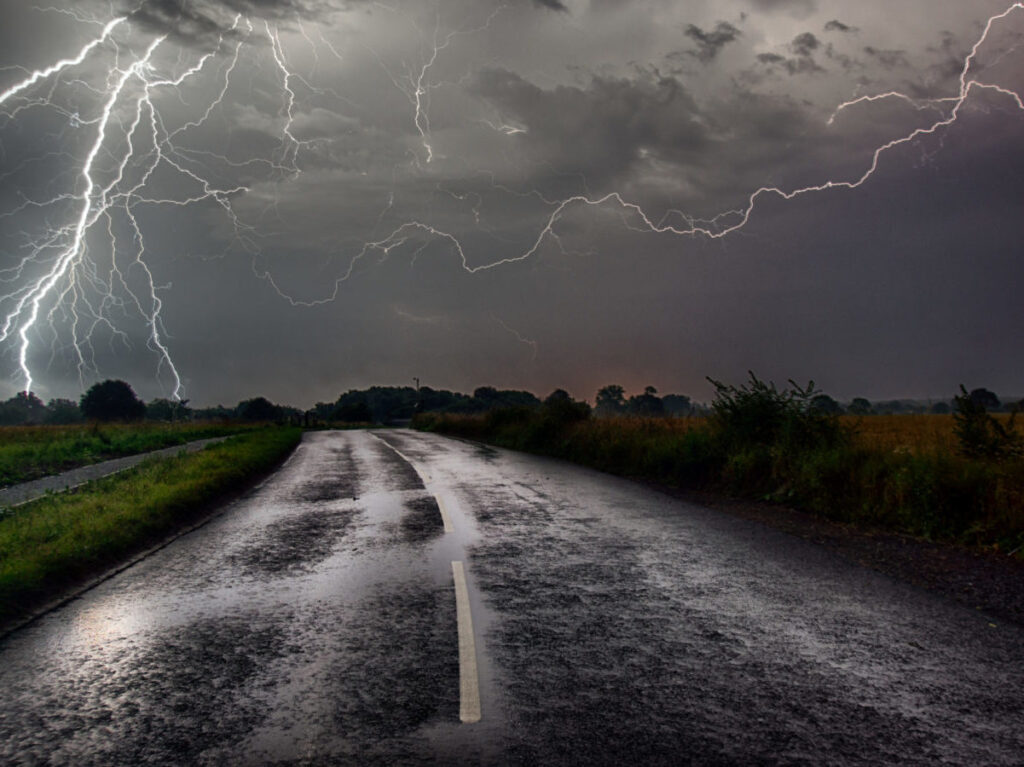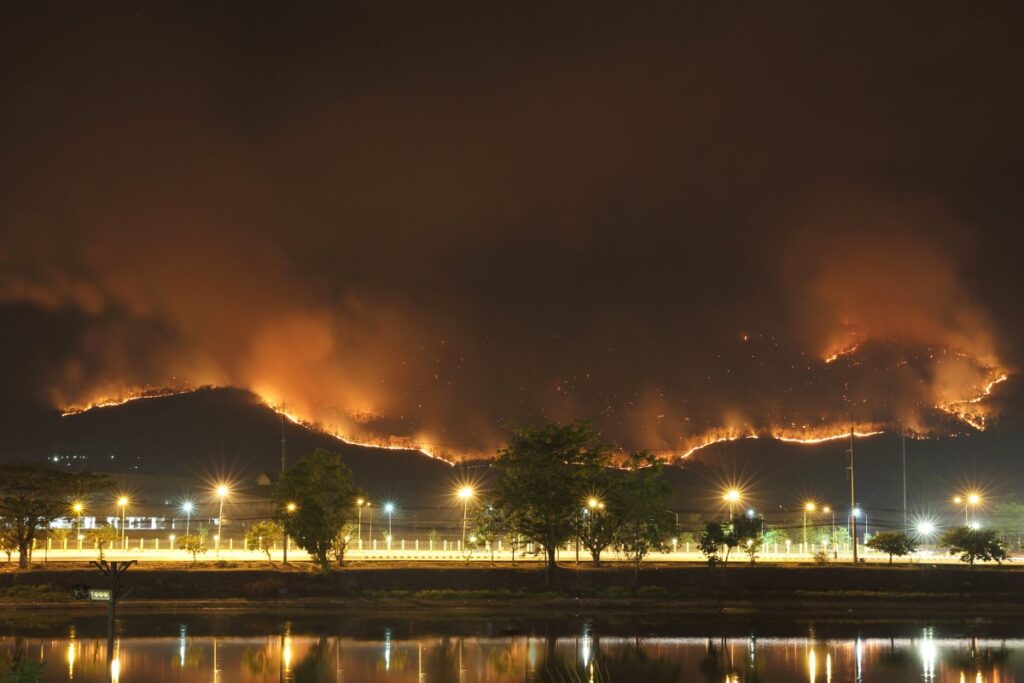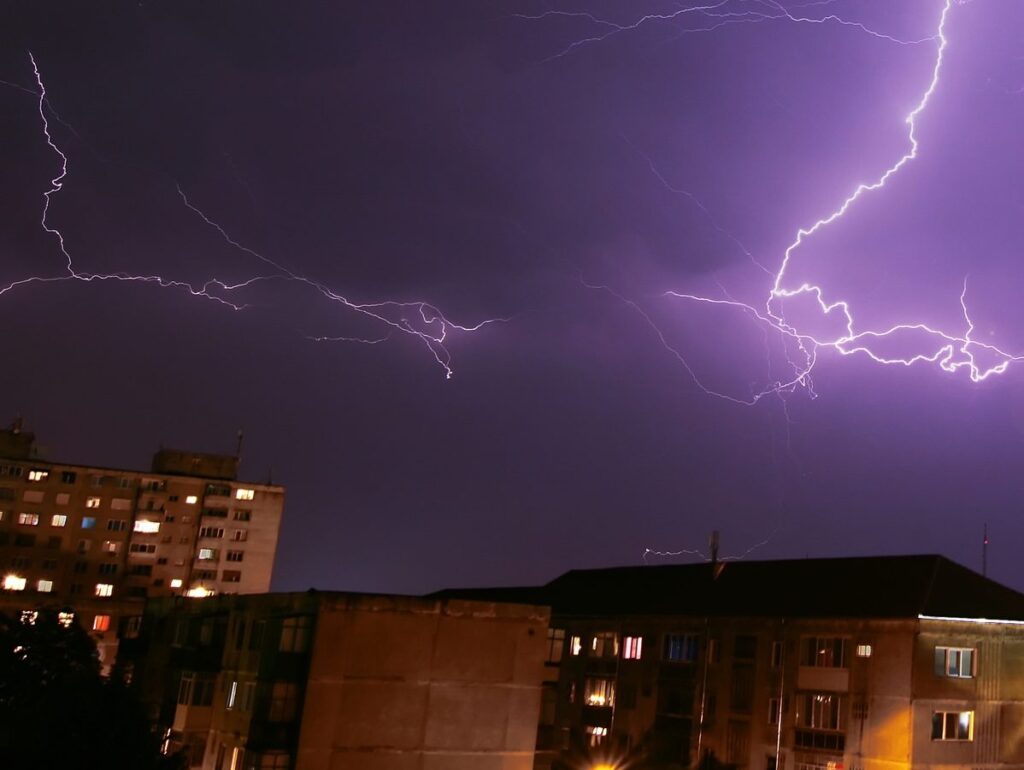Situational awareness depends on weather forecasting for utilities

The phrase, “you don’t have to be a weatherman to know which way the wind is blowing,” applies less and less these days.
Between wildfires in California and flooding in the Carolina’s, utilities have been on high alert. In the past, utilities were limited to regional weather forecasts to aid storm and fire response. That is not the case today; advanced technology now enables near-real time localized situational awareness. Sensors from a panoply of sources (connected sensors on airplanes, weather balloons, satellites, rooftops and utility poles) deliver a steady stream of geographically dense data.
This data, along with vegetation records and GIS assets/circuit connectivity, are fed into analytics to forecast weather and simulate potential grid conditions where results displayed via geospatial visualization enable utilities to deploy response teams to areas where hazards to the grid are most likely to occur.
Three notable examples of utilities working in this area are:
Ameren – An Early Adopter
Early on, Ameren was “on the case,” in the shadow of crippling ice storms. In 2008, Ameren partnered with the University of St. Louis’ (SLU) Department of Earth and Atmospheric Science to improve their ability to predict weather. . The result of the partnership – Quantum Weather™ – is a patented weather monitoring, forecasting, and response system, utilizing high performance computers at SLU to analyze data from solar battery-powered weather sensors atop selected utility poles. Today, there are more than 100 sensors collecting temperature, humidity, atmospheric pressure, wind speed, wind direction and rainfall. This information is paired with vegetation data and maps, along with asset data. The Ameren Emergency Center receives the results – alerts from SLU on storms and potential impact on utility systems.
Southern California Edison – Tackling Wildfire Response
This summer, SCE deployed 58 weather monitors, cameras and weather modeling to improve visibility of risks from a 2-mile area down to a third of a mile. Strategically placed devices supply data on wind speed, gusts, temperature, humidity and solar radiation – conditions that point to the potential path of fires.
SCE has a unique approach; it has a Situational Awareness Center embedded in its Emergency Operations Center. There, a small team of meteorologists and GIS specialists use analytics to support operational decisions. For example, experts provide advice to grid operators on whether to shut off power in high risk fire areas during lighting strikes, high winds or other risk conditions in order to limit shut-offs to the individual circuit level.
SCE has proposed the installation of these technologies as part of the Application for the Approval of Its Grid Safety and Resiliency Programs to the California Public Utilities Commission. The proposal for Enhanced Situational Awareness, including 160 cameras, 850 weather stations, the advanced modeling tool, high performance computing hardware, asset reliability and risk analytics, and additional staffing, totals $11.3 million over 3 years—a drop in the bucket, as the utility has requested $582 million total under the application.
Eversource – Spawning an Outage Prediction Model in Partnership with University of Connecticut
In 2013, Eversource funded the Eversource Energy Resource Resarch Center at the University of Connecticut. One of the first two pilot projects of the center was developing a power outage prediction model, integrating weather predictions (winds, heavy rain, ice, snow, flooding) with vegetation characteristics (height, density, leaves on trees) and other geographic data to predict and respond to damage. The model, run on a high-performance computing platform, is currently being used by Eversource and United Illuminating. Recently, through an exclusive arrangement, the model is embedded into a storm analytics product offered by an information service provider DTN.
Situational awareness provides utility teams with in-the-moment and on-the-ground intelligence. Of course, there is a lot more that can be done to mitigate and plan for hazards. For example, disciplined vegetation management can prevent storm-related outages from fallen trees and limbs.





